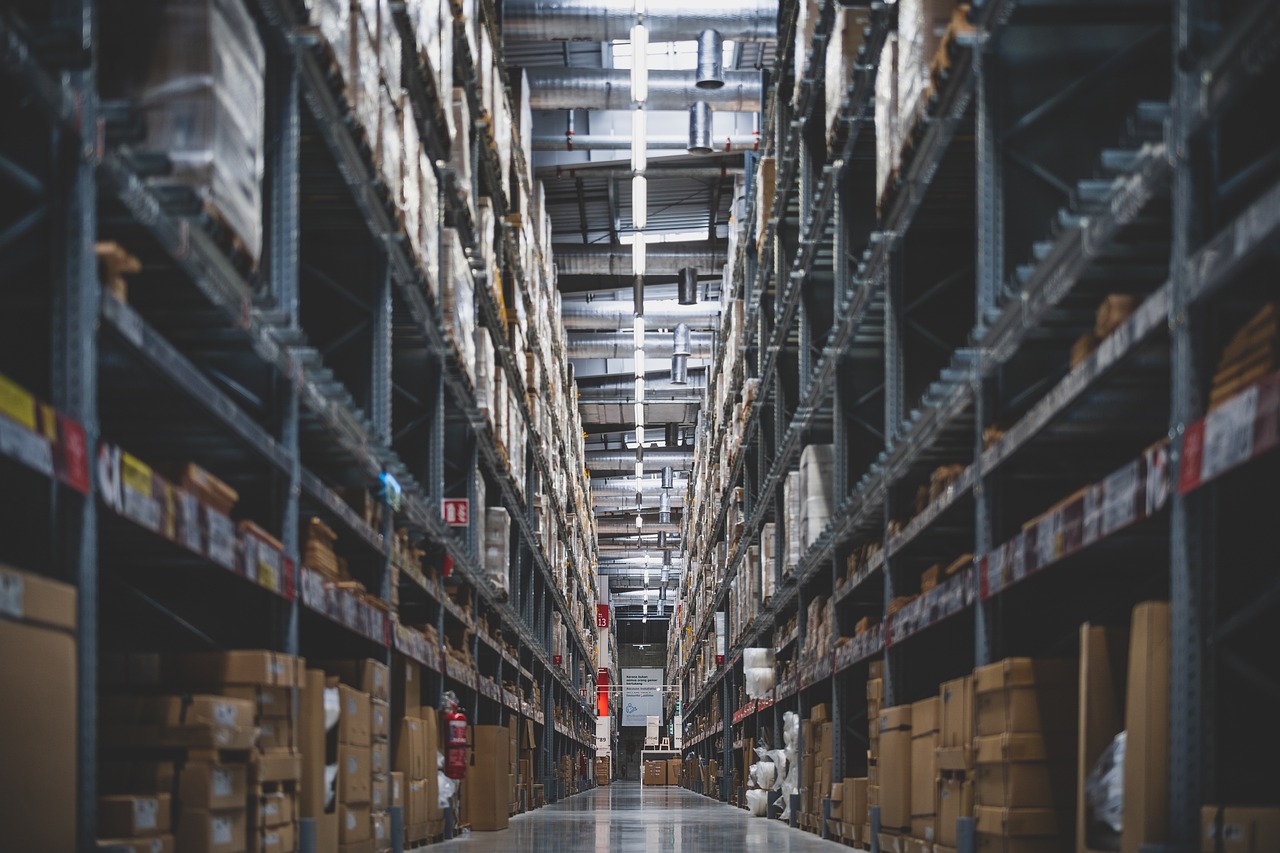
I. How to Determine the Quality of Sheet Materials輸出代理店The company's level of professionalism?
Selecting a high-quality proxy requires focusing on three key dimensions:
- Qualification Verification
- Check the AEO certification with customs (updated to version 3.0 in 2025)
- Verify the qualifications of the international freight forwarder (FIATA membership preferred)
- Confirm the qualification of an A-class enterprise under the SAFE's classified management
- Industry Experience
- Please provide export cases of boards made of the same material from the past three years (e.g., plywood, MDF, etc.).
- Confirm operational experience in the target market (familiarity with CARB certification is required for Europe and the US, and mastery of GCC standards is required for the Middle East).
- Service capability
- End-to-End Logistics Node Visualization Verification System (mainstream adoption of blockchain traceability technology by 2025)
- Confirm the overseas customs clearance partner network coverage
II. What are the key stages in the standard export process for sheet materials?
Typical Sheet Export Process in 2025:
- Preparation Phase
- HS Code Classification (Focus on the latest interpretations of tariff numbers such as 7326/4412)
- Fumigation treatment (must comply with the latest revision of ISPM15)
- Special packaging requirements (e.g., moisture-proof packaging must meet ASTM D3951 standard)
- Customs Declaration and Transportation Phase
- Intelligent Matching of Electronic Customs Declarations with Packing Lists (AI Document Review to Be Fully Implemented in 2025)
- Ocean Freight Special Container Dispatch (40HQ High-Cube Loading Rate Optimization Plan)
- Destination port services
- CE Certification Fast Track (the EU has activated automatic electronic certificate verification)
- Countermeasures against anti-dumping measures (e.g., response plan to the 201.5% tariff imposed by the U.S. on Chinese plywood)
III. Which certifications must be obtained for sheet metal exports in 2025?
Certification requirements for different target markets:
- Universal Authentication
- FSC Forest Certification (New Supply Chain Traceability Clause Added in 2025)
- ISO 9001:2025 Quality Management System
- Regional Specialized Certification
- EU: CE Marking (including EN 13986 Construction Panels Directive)
- North America: CARB Phase III Certified
- Japan: JIS standard certification (with special attention to formaldehyde emission testing)
4. How to Control the Comprehensive Cost of Panel Exports?
2025 Cost Optimization Strategy:
- Logistics Cost Control
- Leveraging the RCEP preferential tariff rates (ASEAN countries enjoy tariff reductions of up to 92%)
- Choose a transshipment-port LCL solution (e.g., Singapore Port offers a 72-hour free-storage period)
- Tax optimization
- 輸出稅還付Rate Confirmation (The 2025 rebate rate for wood-based panels remains at 13%)
- Cross-border RMB settlement (to hedge against exchange-rate volatility)
V. How to Guard Against Common Risks in Panel Exports?
Key Risk Prevention and Control Points for 2025:
- Quality risk
- Moisture content testing (must comply with the seasonal climate requirements of the destination country)
- Dimensional tolerance control (the European and American markets generally require ±0.5 mm precision)
- Compliance risk
- Certificate of Origin Specification (New Digital Signature Requirements Added in 2025)
- Addressing the U.S. Lacey Act (Standards for Collecting Timber Legality Documentation)
VI. Quick Answers to Common Questions
Q: Do small and medium-sized panel manufacturers need to operate their own exports?
Companies with annual export volumes below USD 2 million are advised to engage specialized agents, which can cut overall operating costs by 37% (per the 2025 China Foreign Trade White Paper).
Q: How should special-specification panels be transported?
For ultra-long sheet materials (over 6 m), we recommend using flat-rack containers; as of 2025, the China-Europe Railway Express has launched a dedicated special-sheet-material train service.
Q:輸出代理店What items are typically included in the fee?
The 2025 industry standards include: customs clearance fee (0.15% of cargo value), documentation fee (USD 50 per bill), inspection fee (USD 200 per occurrence), and some ports charge a digital customs clearance surcharge.


 カスタマーサービスWeChatをフォローしてください
カスタマーサービスWeChatをフォローしてください